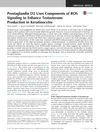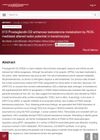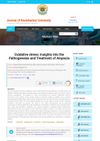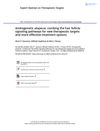Prostaglandin D2-Enhanced Testosterone Metabolism in Human Keratinocytes Is Mediated by Reactive Oxygen Species
April 2016
in “
Journal of Investigative Dermatology
”
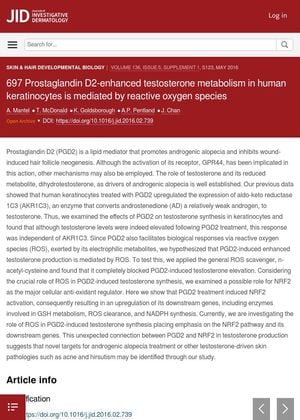
TLDR Prostaglandin D2 increases testosterone levels in skin cells through reactive oxygen species, not enzymes, which could lead to new hair loss treatments.
The 2016 study investigated the role of Prostaglandin D2 (PGD2) in testosterone synthesis in human keratinocytes, cells that produce keratin, a key component of hair. PGD2 is known to promote androgenic alopecia (hair loss) and inhibit hair follicle growth. The study found that PGD2 treatment elevated testosterone levels, a process mediated by reactive oxygen species (ROS), not by the enzyme aldo-keto reductase 1C3 (AKR1C3) as previously thought. The application of a ROS scavenger blocked this testosterone elevation, indicating the crucial role of ROS in this process. Furthermore, PGD2 treatment activated NRF2, a major cellular anti-oxidant regulator, leading to an upregulation of its downstream genes involved in ROS clearance and other processes. The study suggested that understanding the role of ROS and NRF2 in PGD2-induced testosterone synthesis could lead to new treatments for androgenic alopecia and other testosterone-driven skin conditions.
